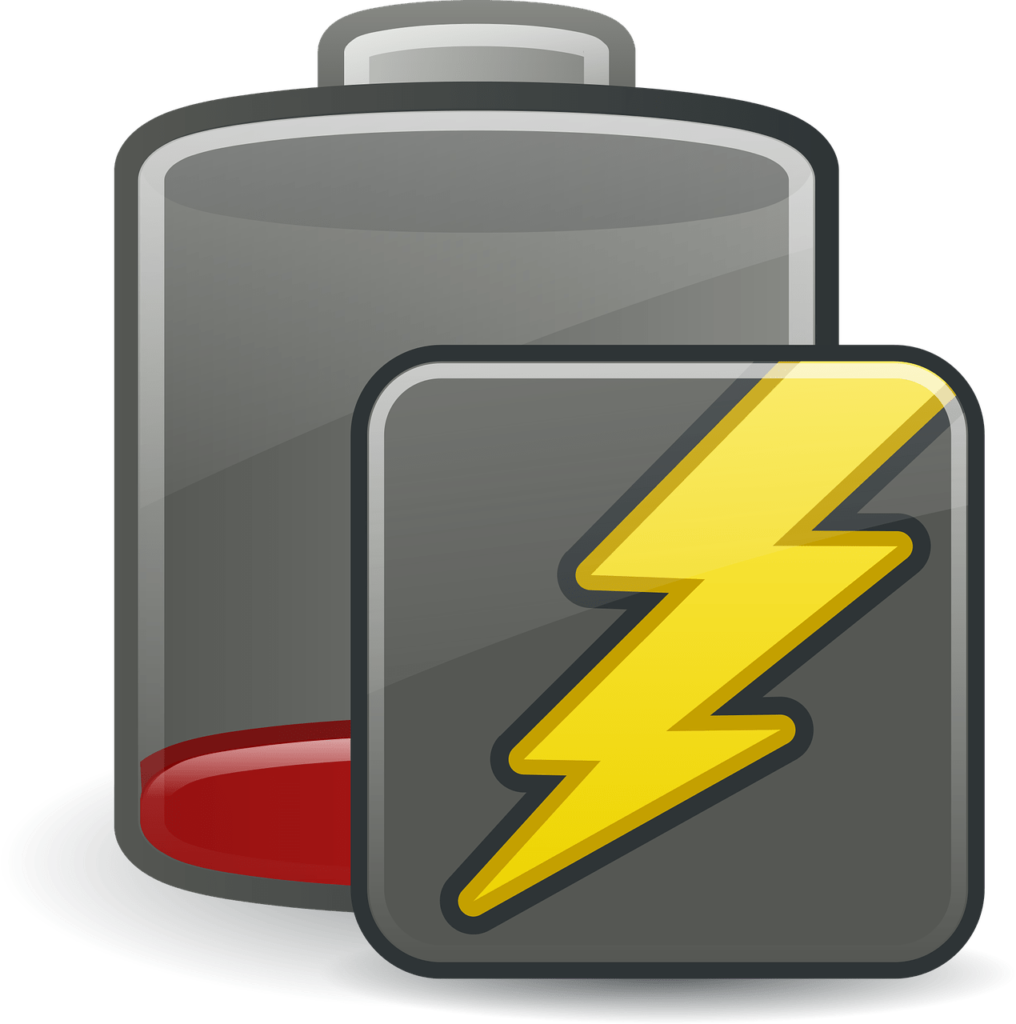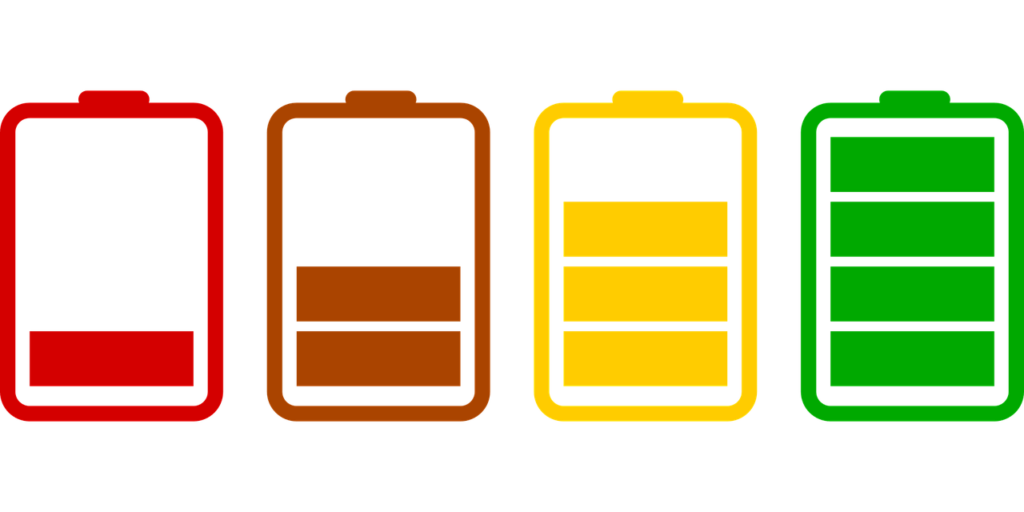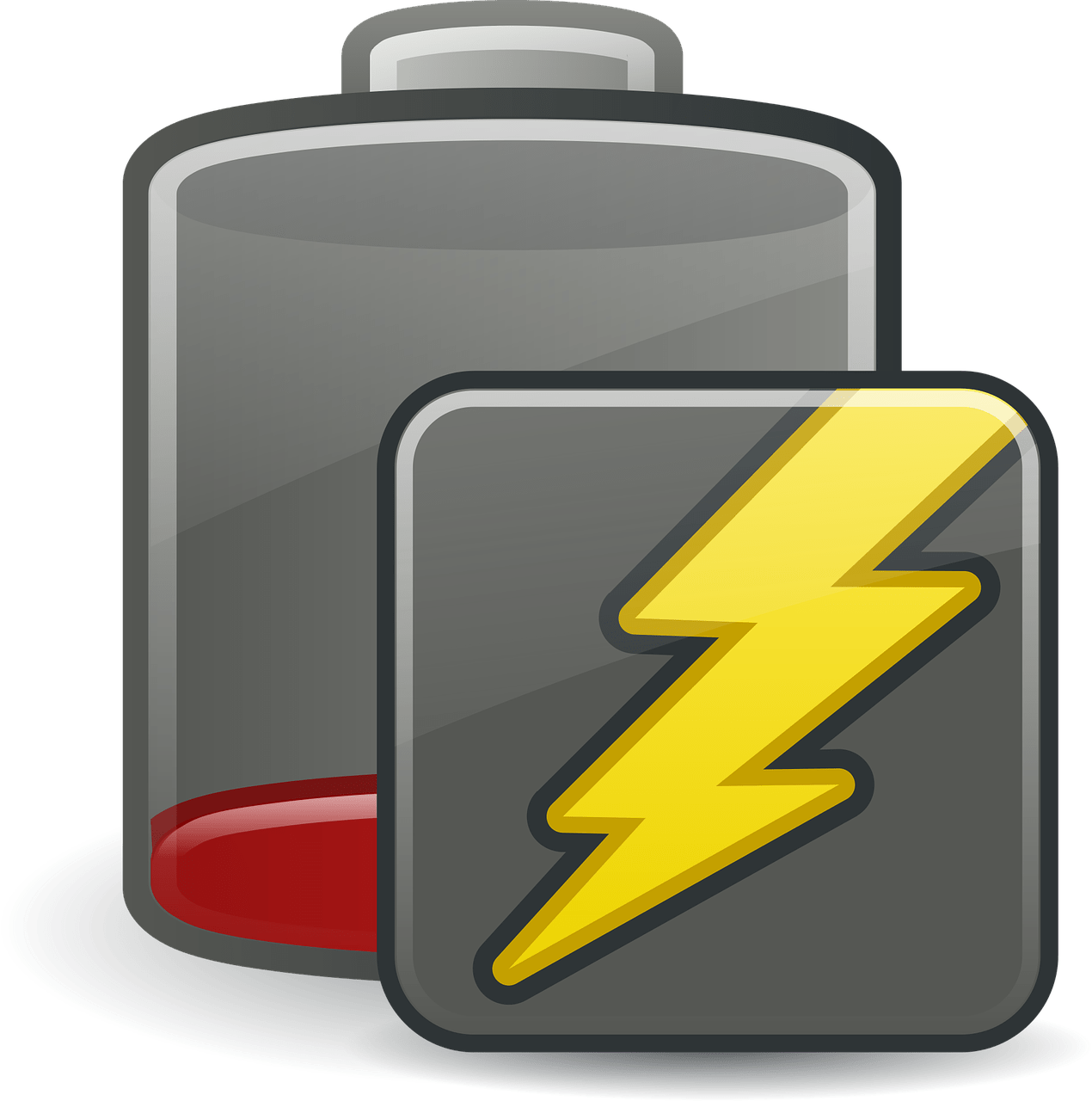Imagine the power to fuel up your e-bike battery sans the aid of a traditional charger. Sounds remarkable, isn’t it? It’s not as far-fetched as you might think. The topic of interest is ‘How To Charge E-bike Battery Without Charger’. This guide explores innovative solutions for outdoor enthusiasts like trail riders and campers who may often find themselves far from electric outlets and needing to charge their electric bikes. Brace yourself for an exciting ride into the realm of non-traditional methods of juicing up your e-bike.

This image is property of pixabay.com.
Understanding E-Bike Batteries
E-bike batteries are a significant part of your electric bike as they provide the power needed to get around. There are a few essential things about ebike batteries that you should familiarize yourself with.
Knowing battery type
The main types of e-bike batteries are Lead Acid, Lithium Ion, and Nickel Metal Hydride. Each type has its pros and cons. For instance, Lead Acid batteries are cheap but heavy, while Lithium-ion batteries are light but expensive. Knowing your battery type helps you understand its characteristics, including performance, durability, and maintenance needs.
Determining the voltage
Voltage depicts the force of the electrical current from your e-bike battery. Most e-bikes use a 36V or 48V battery. The higher the voltage, the more potential power the motor could use, but this also drains the battery faster.
Understanding amp-hours
Amp-hour (Ah) is the unit to measure a battery’s capacity. This refers to the amount of energy a battery can supply continuously for one hour. For instance, if your battery has a rating of 10Ah, it can provide 10 amps of power continuously for an hour. A higher Ah rating means longer battery life.
Awareness of Battery cycles
A battery cycle refers to one full discharge and recharge of your battery. The more the number of battery cycles, the shorter the life span of your battery. It’s essential to know how to use and charge your e-bike battery properly to maximise its cycle life.
Safety precautions before Charging without a Charger
Before we jump into the various ways to charge your e-bike batteries, there are several safety precautions you should be aware of.
Avoiding overcharging
Unnecessary and excessive charging of the e-bike battery can significantly shorten its lifespan. Make sure to closely monitor the charging process and disconnect once it reaches full capacity.
Ensuring safe environment
Choose a safe, dry, and cool environment to charge the batteries. An overly hot environment can harm the battery, while a wet environment raises the risk of electrical shorts.
Preventing short circuits
Avoid anything that may cause a short circuit while charging the battery. This includes incorrect use of charging tools, damaged wires, or even touching the battery terminals.
Using proper tools
Always ensure you use the right tools for charging. This will reduce the risk of short circuits or overcharging. Misuse and improvised tools can lead to accidents or damage to the battery.
Using a Power Supply
If you don’t have a charger, an external power supply can charge your e-bike battery.
Finding a compatible power supply
First, you must find a power supply that meets the voltage and current requirements of your battery. This information is usually available on the battery’s label.
Setting voltage and current
Set the voltage to match your battery’s voltage and adjust the current to a safe level. The current should be a factor of your battery’s rated capacity.
Connecting the power supply
Connect the power supply to your battery, ensuring the positive and negative terminals match. Regularly check the charge level to avoid overcharging.
Using Solar panels
Solar panels can be a great way to charge your e-bike battery environmentally friendly.
Choosing a solar panel
Choose a solar panel with sufficient power output to charge your e-bike battery. Consider the weather conditions and daylight hours in your area.
Positioning the solar panel
Place the panel in a location that receives direct sunlight for most of the day. Avoid places with shade or obstructions blocking the sunlight.
Connecting to the battery
Use a solar charge controller to safely transfer the solar energy to your battery. This controller will prevent overcharging and short circuits.

This image is property of pixabay.com.
Charging with a Car’s Battery
In emergencies, you can use a car’s battery to charge your e-bike battery.
Using jumper cables
To connect the car battery to the e-bike battery, you will need jumper cables. Ensure they are in good condition and the right size.
Connecting the car’s battery to e-bike battery
Connect the positive terminal of the car battery to the positive terminal of the e-bike battery. Then, connect the negative terminal of the car battery to the negative terminal of the e-bike battery.
Monitoring the process
Watch the progress closely to prevent overcharging. As soon as the e-bike battery is fully charged, disconnect the cables.
Using a Portable Generator
A portable generator can serve as a reliable charging source for your e-bike battery.
Selecting right generator
Choose a generator that can produce the necessary power to charge your e-bike battery. Also, consider the generator’s portability and efficiency.
Connecting the generator with the e-bike battery
Connect the generator to your e-bike battery using the appropriate cables. Make sure the connections are secure and proper.
Monitoring the charging process
Keep a close eye on your charging progress. Disconnect when the battery reaches full charge to prevent damaging it.

This image is property of pixabay.com.
Using a Universal Charger
A universal charger offers a versatile solution to charging your e-bike battery.
Identifying the right universal charger
Choose a charger that’s compatible with your battery type and can provide the required voltage and current.
Setting the voltage and current
Adjust the settings on your universal charger to match your battery’s specifications.
Charging the e-bike battery
Connect the charger to your battery and start charging. Watch the charging process closely to avoid overheating and overcharging.
Using a Wind Turbine Charger
A wind turbine charger uses the energy from the wind to charge your battery.
Selecting wind speed
Choose a location with consistent and strong wind speed to set up your wind turbine.
Connecting the turbine to the battery
Connect the turbine to your battery using a charge controller to regulate the power absorbed by the battery.
Understanding the process
Keep in mind that wind speed and availability may vary. Be conscious of weather patterns and adjust your plans accordingly.
Battery Maintenance for Long Life
To ensure a long life for your e-bike battery, you need to maintain it properly.
Avoiding extreme temperatures
Don’t expose your battery to extreme heat or cold. Store it in a cool, dry place to optimize its lifespan.
Regular check-ups
Regularly inspect your battery for signs of corrosion, leaks, or any damages. If you find any, seek professional help.
Keeping battery clean
Keep your battery clean from dirt and dust. A dirty battery could cause ineffective charging and harm to the battery life.
Proper storage
When not in use, store your battery in a safe, dry place away from flammable materials.
Potential Risks and Issues
Let’s discuss some potential risks and issues you may face while charging an e-bike battery without a charger.
Understanding risks and damages
Improper charging methods can damage your battery or pose safety hazards. Always have a clear understanding of the risks associated and use reliable resources to guide you.
Troubleshooting common issues
Common issues include overcharging, short circuits, or even battery degradation. If you encounter any of these problems, seek advice from an expert.
When to consult a professional
Whenever in doubt, get professional help. Experts can provide thorough advice and practical assistance in handling battery issues. Don’t risk causing further damage by trying to fix it on your own.
Your e-bike’s battery is a significant asset and needs careful attention. By understanding your e-bike battery and learning how to charge it without a charger, you’re one step closer to a seamless e-bike experience.

